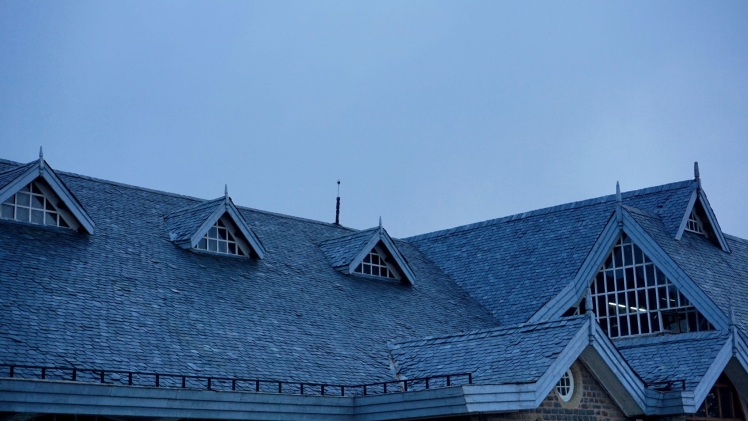Is a Flat Roof Right For Your Commercial Premises?
If you are a business owner, then you know that having a strong and sturdy roof over your head is important. But what type of roof is right for your business? If you are considering installing a flat roof, then this blog post is for you – we will discuss the pros and cons of flat commercial roofs, and help you decide if this type of roofing is right for your business.
Benefits
Let’s start with the benefits of flat commercial roofing – one of the main advantages of a flat roof is that it is easier and cheaper to install than a pitched roof. Since there is no need for trusses or rafters, the installation process is much simpler and can be completed in a shorter time frame too.
Typically, flat premium roofing company is also better for those who aren’t interested in maintaining their roof regularly. While pitched roofs need to be regularly cleaned and inspected for potential problems, flat roofs are much easier to take care of. All you need to do is ensure that the surface is clear of debris and that any drainage issues are dealt with promptly.
Cost is always a factor when deciding on a roof type and flat roofs are often the more affordable option. Not only is the initial installation cheaper, but flat roofs also tend to require less maintenance and repair over time.
Drawbacks
No roofing solution is perfect, so what are the potential drawbacks of flat roofing? One of the main issues is that flat roofs tend to be more prone to ponding water. This occurs when rain or melting snow collects on the roof and doesn’t have enough slope to drain properly. If ponding water is not dealt with quickly, it can lead to leaks and other damage. This problem is typically prevented during the installation process by installing drains or scuppers to handle the water.
Another potential drawback is that flat roofs are not as good at handling high winds as pitched roofs. This is because there’s less surface area for the wind to grip onto. However, this can be remedied by installing a properly designed wind strap system.
At this point, it’s important to remember that even flat roofs are pitched slightly. Otherwise, you would notice puddles starting to form with every rainfall. The minimum pitch for a flat roof is usually around ¼ inch per foot, but it can be more depending on the specific circumstances.
Flat Roof Installations
After reading the benefits and drawbacks, you might decide that flat roofing is the best option for your commercial premises. If so, you need a reliable Commercial Roofing Contractor to handle the installation.
The first step is to clear the roof surface of any debris or objects that could get in the way. Next, a layer of insulation is installed. This helps to regulate the temperature inside your building and prevent heat from escaping.
Once the insulation is in place, the roofing membrane is installed. This is a water-resistant layer that protects your building from leaks and moisture damage. Finally, the roofing system is completed by installing a drainage system. This ensures that any water that does get on the roof is quickly drained away, preventing it from pooling and causing damage.
If you’re considering a flat roof for your commercial premises, be sure to talk to a qualified roofing contractor. With personalized advice, you will make the best decision for your business.

